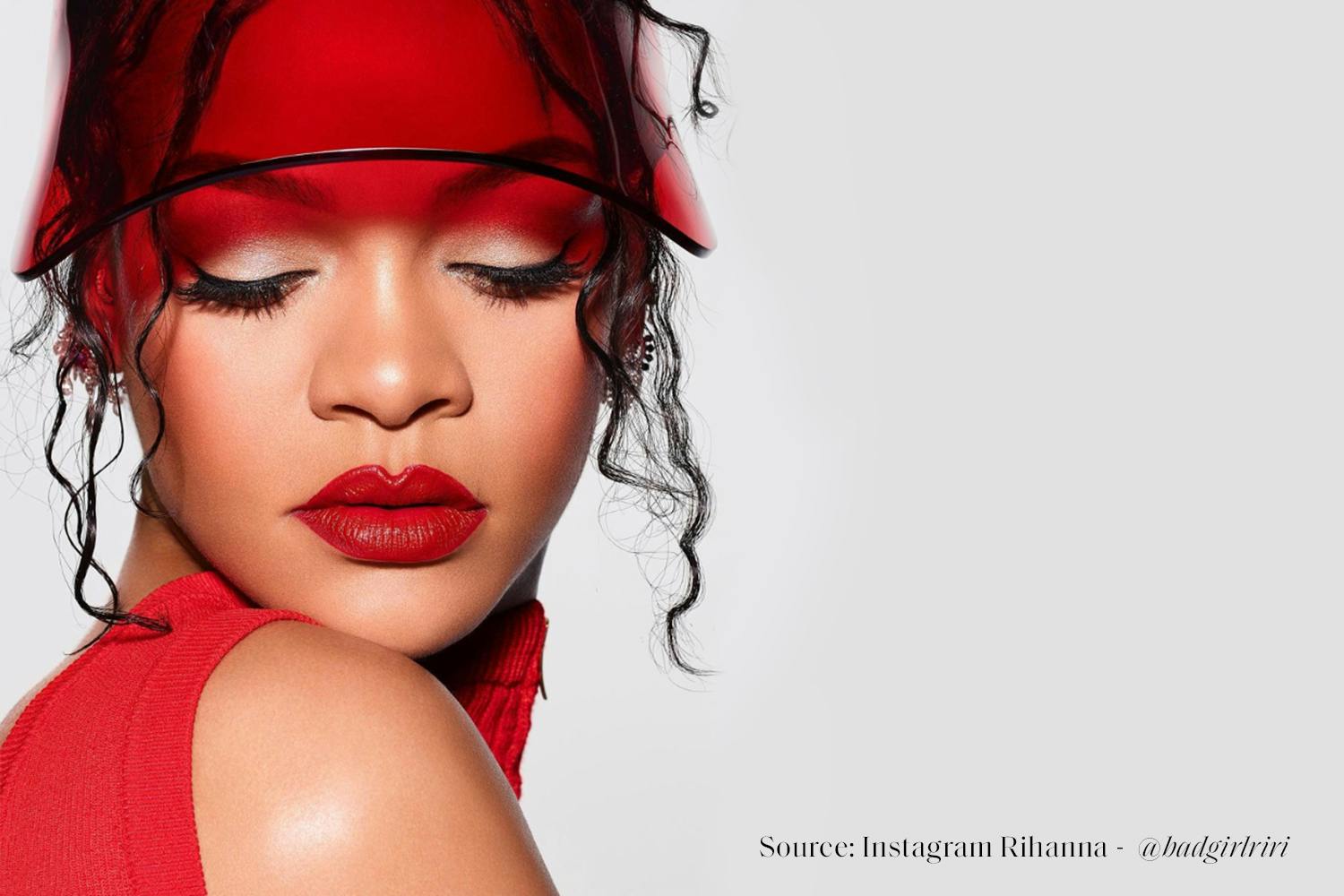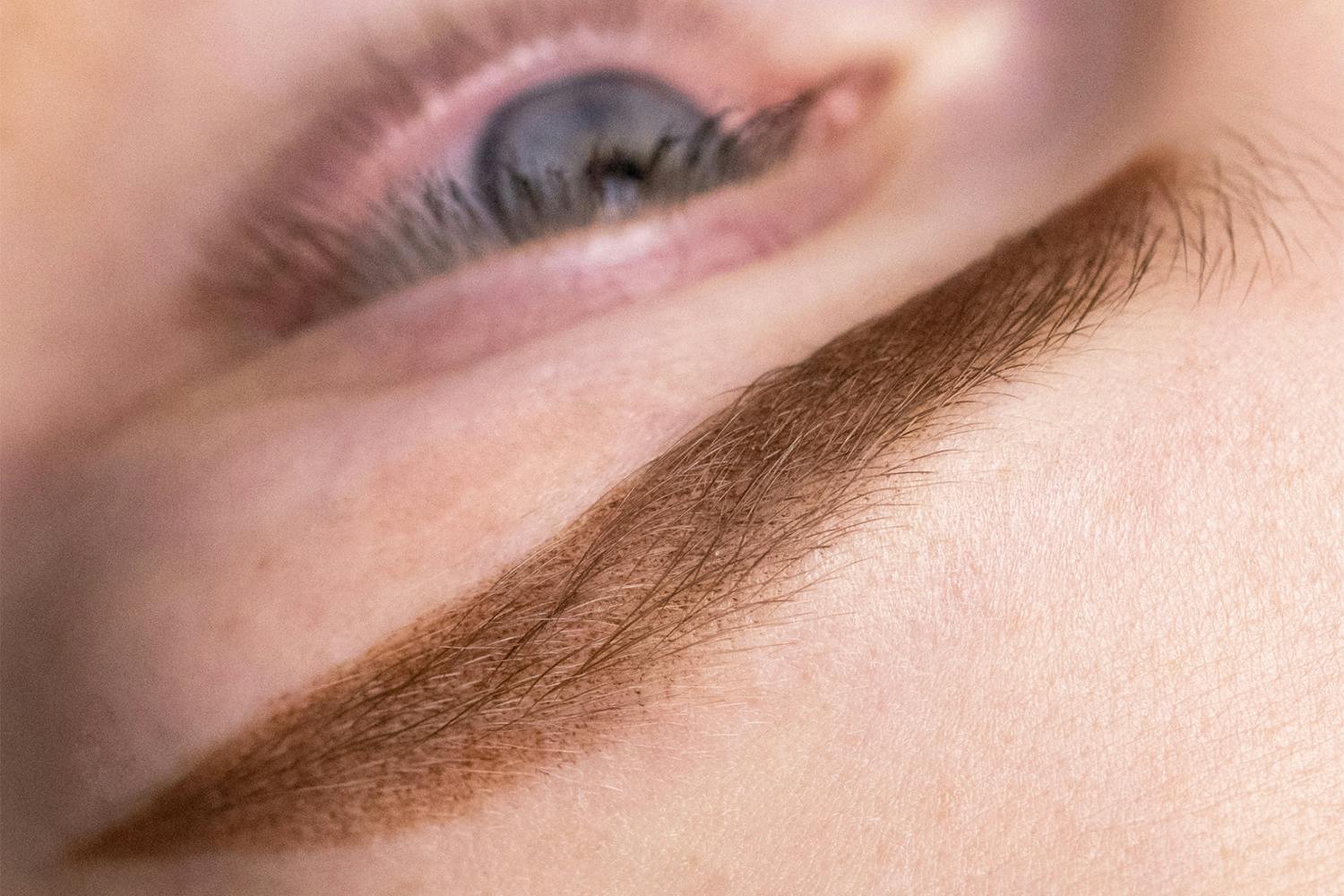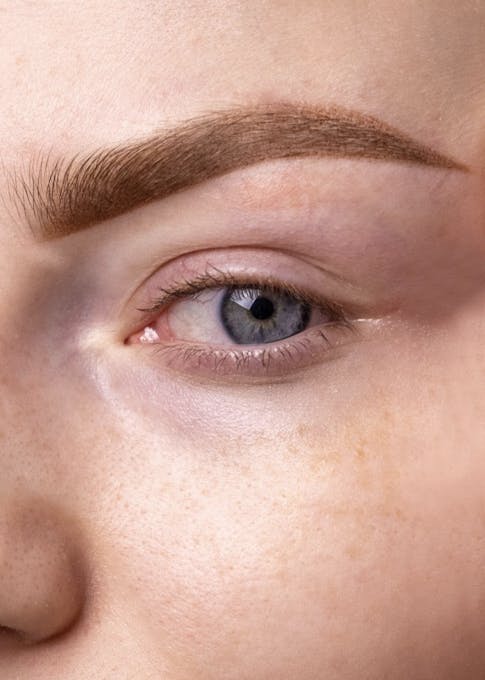Incorrect brow shape? Brows with sparse hair? Not enough volume? Powder brows solve these and many other eyebrows issues you might be facing. No wonder they’ve become one of the most sought-after eyebrow techniques.
Celebrities like Rihanna, Mila Kunis, and more have turned to this semi-permanent eyebrow treatment, and have achieved a full natural look - without the hassle and $$$$ worth of makeup artists.
So if you were considering becoming a powder brow artist as the next step in your career, and you’re wondering whether it’s a lucrative occupation, here’s everything you need to know.

Celebrities like Rihanna have turned to PowderBrows treatment
What are powder brows?
Powder eyebrows (and ombre powder eyebrows) are a semi-permanent makeup technique that involves creating a brow shape using a powdered pigment. Artists add this pigment to the surface of the skin in a way that mimics natural brow hair.
The goal of powder brows is to create a natural, fuller look, without the need for applying eyebrow makeup every day.
It’s perfect for people with sparse brow hair, or those who want to achieve higher brow density.
It’s one of the best techniques for achieving a consistent brow shape (and ditching eyebrow pencils forever).
However, it’s not recommended for people with no brow hair.
If you are exploring treatments for people that don’t have eyebrows at all or have very thin ones, it’s better to turn to microblading. And when it comes to differences between powder brows and microblading, keep reading to find out.
How the process of applying Phi Powder Brows looks like?
- As with any other treatment, at PhiAcademy the first step is always consultation.
The artist meets with the client in order to find out their needs, wishes, and limitations (such as skin type, brow type, and allergies). Sometimes, even if the client books microblading treatment, they end up going for powder brows, because we decide it over consultations.
One of our main roles as beauty artists is the adviser. We advise our clients on their looks, procedures, and much more. After all, the goal of all beauty artists should be to become a trusted resource for their clients. With meaningful consultations, we are achieving exactly that. - Numbing: The artist applies a numbing cream over the eyebrow area to make the treatment as comfortable as it could be.
- Design: The artist uses a brow pencil to create a rough outline of the desired brow shape. This way, we make sure the client likes the eyebrow size and shape before we proceed.
- Pigment application: The artist uses a special Phi handheld tool to apply the pigment to the skin, creating a perfectly natural look. They work in small sections and apply the pigment in hair-like strokes.
- After-care: After each procedure, the artist should advise the client on the best practices when it comes to taking care of their powder brows. Even though powder brows don’t require high maintenance, they need to be kept clean and moisturized. Moreover, the client needs to avoid sun exposure and certain skincare products.
- Touch-up: Powder-brows treatment might require a touch-up after 4-6 weeks, in order to fill faded areas, and make sure the client's brows are perfect. So the best practice is to schedule a touch-up appointment at the end of the first powder brows treatment.

If you were considering becoming a PowderBrows artist as the next step in your career, PhiAcademy is the right place for you
What is the difference between microblading and powder brows?
Both microblading and powder brows are permanent makeup techniques that create fuller, more defined brows that last longer than traditional makeup and look natural. However, there are some key differences between the two techniques.
One of the differences between microblading and powder brows is the tool used to apply the pigment to the skin.
With Phi microblade brows, artists use a special Phi handheld tool with a fine, sharp blade to create strokes that mimic natural brow hair.
On the other side, with powder brows, artists use a different (but also innovative) Phi handheld machine to apply powdered pigment to the skin in a way that mimics natural brow hair.
The main difference between these two techniques is the look achieved.
Typically, with powder brows, you’ll achieve a more dramatic, bold look.
Follow us on Instagram to discover more - @phiacademy
Another difference between the two techniques is the type of pigment used. In microblading, the pigment is typically a semi-permanent ink that is designed to fade gradually over time. With powder brows, the pigment is designed to last longer and require fewer touch-ups.

The goal of PowderBrows is to create a natural, fuller look, without the need for applying eyebrow makeup every day
Looking for powder brows training?
Here’s what you need to pay attention to:
Your training and certification can usually make or break your career in the beauty industry, so it’s crucial for your to research it well before making a decision. We’ve asked our students what they think it’s the most important to check and here’s what they said:
- The reputation of the academy
- Qualifications and experience of the instructors
- The curriculum and training methods
- The cost of tuition
- The job and networking opportunities available for graduates
The most reputable Powder Brows training available
At PhiAcademy, we have introduced Powder Brows training where you can learn from world experts, and get immediate access to the best practices and the network of professionals. If you are considering taking this career path, make sure to check our PowderBrows course.


Join the discussion